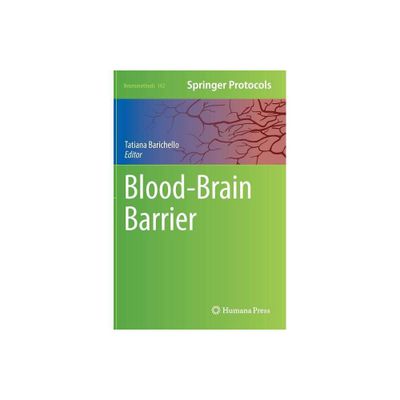Home
Implications of the Blood-Brain Barrier and Its Manipulation: Volume 1 Basic Science Aspects
Loading Inventory...
Barnes and Noble
Implications of the Blood-Brain Barrier and Its Manipulation: Volume 1 Basic Science Aspects
Current price: $54.99


Barnes and Noble
Implications of the Blood-Brain Barrier and Its Manipulation: Volume 1 Basic Science Aspects
Current price: $54.99
Loading Inventory...
Size: OS
*Product Information may vary - to confirm product availability, pricing, and additional information please contact Barnes and Noble
Understanding the structure and function of the blood-brain barrier (BBB) and recogniz ing its clinical relevance require a concert of scientific disciplines applied from a view point of integrative physiology rather than from only molecular or analytical approaches. It is this broad scope that is emphasized in this book. In my opinion, four original contributions define the field as it exists today. The first, a monograph by Broman,1 entitled The Permeability of the Cerebrospinal Vessels in Normal and Pathological Conditions, was the model for many subsequent clinical and 3 experimental studies on BBB pathology. Second, experiments by Davson, summarized in his book entitled Physiology of the Ocular and Cerebrospinal Fluids, indicated that passive entry of nonelectrolytes into brain from blood is governed largely by their lipid 4 solubility. This research supported the original suggestion by Gesell and Hertzman that cerebral membranes have the semipermeability properties of cell membranes. The modem era of the barrier was introduced with the 1965 paper by Crone,2 entitled "Facilitated transfer of glucose from blood to brain tissue. " This paper identified stereospecific, facilitated transport of glucose as part of a system of regulatory barrier properties at a time when only a barrier to passive diffusion had been contemplated. Finally, the 1967 paper by Reese and Kamovsky, 11 entitled "Fine structural localization of a blood-brain barrier to exogenous peroxidase," sited the barrier at the continuous layer of cerebrovascular endothelial cells, which are connected by tight junctions.


















